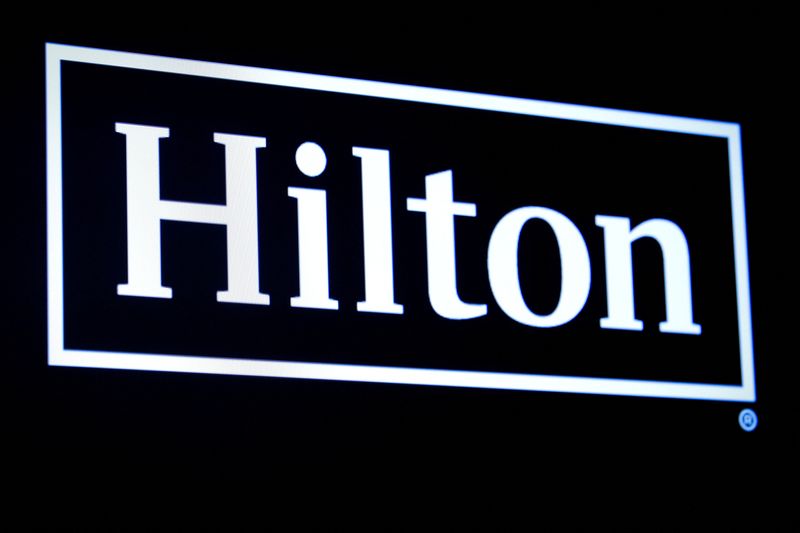By Aishwarya Jain
BENGALURU (Reuters) – Hilton Worldwide (NYSE:HLT) expects to quadruple the number of hotel rooms in its India pipeline in the next five years, the company’s APAC chief said, as the hotel operator seeks to close the gap with rivals amid a booming domestic travel market.
The Virginia-based company currently has 32 hotels in India, compared with InterContinental’s 45, Hyatt’s 50 and Marriott’s 150.
Hotel operators have been building diverse property portfolios in India, investing heavily in midsize properties that cater to price-conscious, middle-income consumers, whose appetite for domestic travel has been strong since the end of the pandemic.
On Monday, Hilton signed a licensing agreement with India’s Embassy Group to open 150 of its Spark brand hotels in the country.
For the past decade, Hilton has had a China-first policy, where it launched its brands in China before bringing them to other Asian countries, Alan Watts, president of Hilton’s Asia Pacific (APAC) business told Reuters on Monday.
“In the case of Spark, it is the first brand in APAC where we’ve started as an India-first launch, and I think that’s just a sign of where we are in the markets at the moment, the potential of India and a somewhat choppy China,” Watts said.
Last month, Hilton CEO Christopher Nasseta said on a post-earnings call that the company is shifting its business in APAC to outside of China after third-quarter room revenue in the country fell 9% as Chinese consumers cut back on discretionary expenses such as travel in the face of macroeconomic challenges.
Jaideep Dang, managing director at JLL’s hotels and hospitality group, India said that a robust domestic travel industry is attracting foreign hospitality investors.
By the end of 2024, JLL expects real estate investments in the hotel industry in India to be $413 million, up 22% compared with last year.



